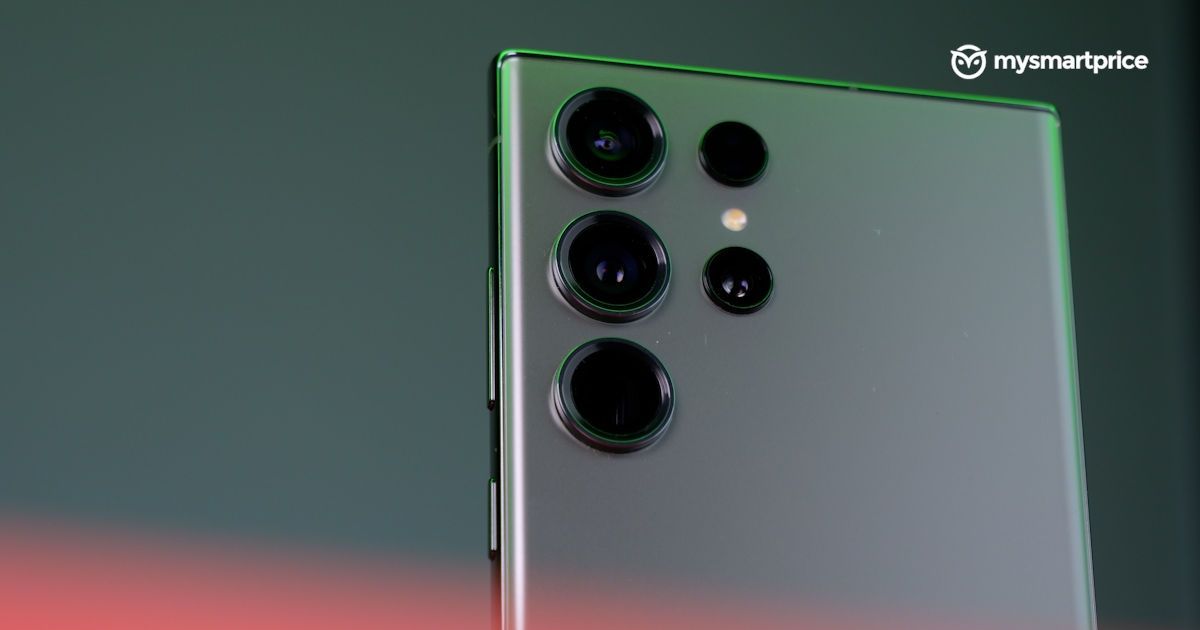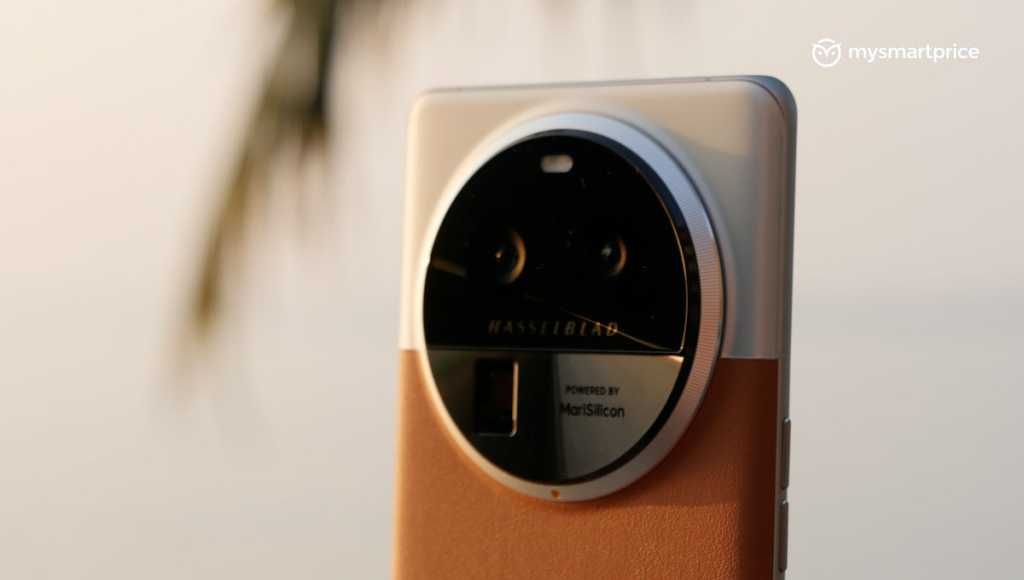
Smartphone cameras have emerged to be one of the top technological advancements in the last decade. With devices capable of 100X digital zoom and 8K video recording, it is fascinating to imagine how this technology is compact enough to fit in our pockets.
While companies have striving hard to improve the camera experience on smartphones even further, camera-centric and flagship devices may now get more expensive. Samsung, which is one the largest manufacturers of camera image sensors (CIS) has reportedly hiked prices of its components. Let’s have a look at how this could affect the smartphone industry.
Samsung Capitalizes on Growing Smartphone Sales
The smartphone industry has slowed down over the last couple of years, as the market could not keep up with the exponential growth of sales during the pandemic. Due to this, there was a sudden surplus of certain components from manufacturers involved in spare parts production.
Samsung is one of the biggest CMOS sensor makers in the world, which are used in Samsung’s own devices along with other brands. The ISOCELL HP2 sensor from the company powers the 200MP camera on the Galaxy S23 Ultra, which is regarded as one of the best cameras on smartphones.
As the smartphone market is slowly gaining momentum, Samsung has reportedly issued a notice to phone manufacturers about a 25% hike in the prices of its imaging sensors. The new prices could come into effect by early 2024.
Flagships May Get More Expensive in 2024

Samsung’s hike in prices of its imaging sensors will mainly affect sensors of 32MP and above, as these are more complex to manufacture. As you may notice, most modern flagship smartphones use camera sensors above 50MP, which makes them vulnerable to Samsung’s rate hike.
This could compel smartphone makers to increase the cost of high-end smartphones, as these sensors are one of the pricey components of a device. This also means that the upcoming Samsung Galaxy S24 Ultra may also enter a higher price bracket.
However, Samsung is not the only supplier of CIS for smartphones. Sony and Omnivision are two of its major competitors in the segment. In fact, Sony’s advanced IMX 989 is a 1-inch sensor and is prominent among flagships such as the Vivo X90 Pro+, Xiaomi 13 Ultra, OPPO Find X6 Pro, and so on.
Samsung’s price hike can go one of two ways. Either its competitors can continue with their existing prices, attracting more brands towards them, or even they can follow the same strategy to increase prices to boost their revenue.
It will be interesting to see how smartphone brands react to this situation. While the flagships are more likely to get a price hike, the premium midrange segment of devices may have to compromise on the camera as the price is an important factor there.













